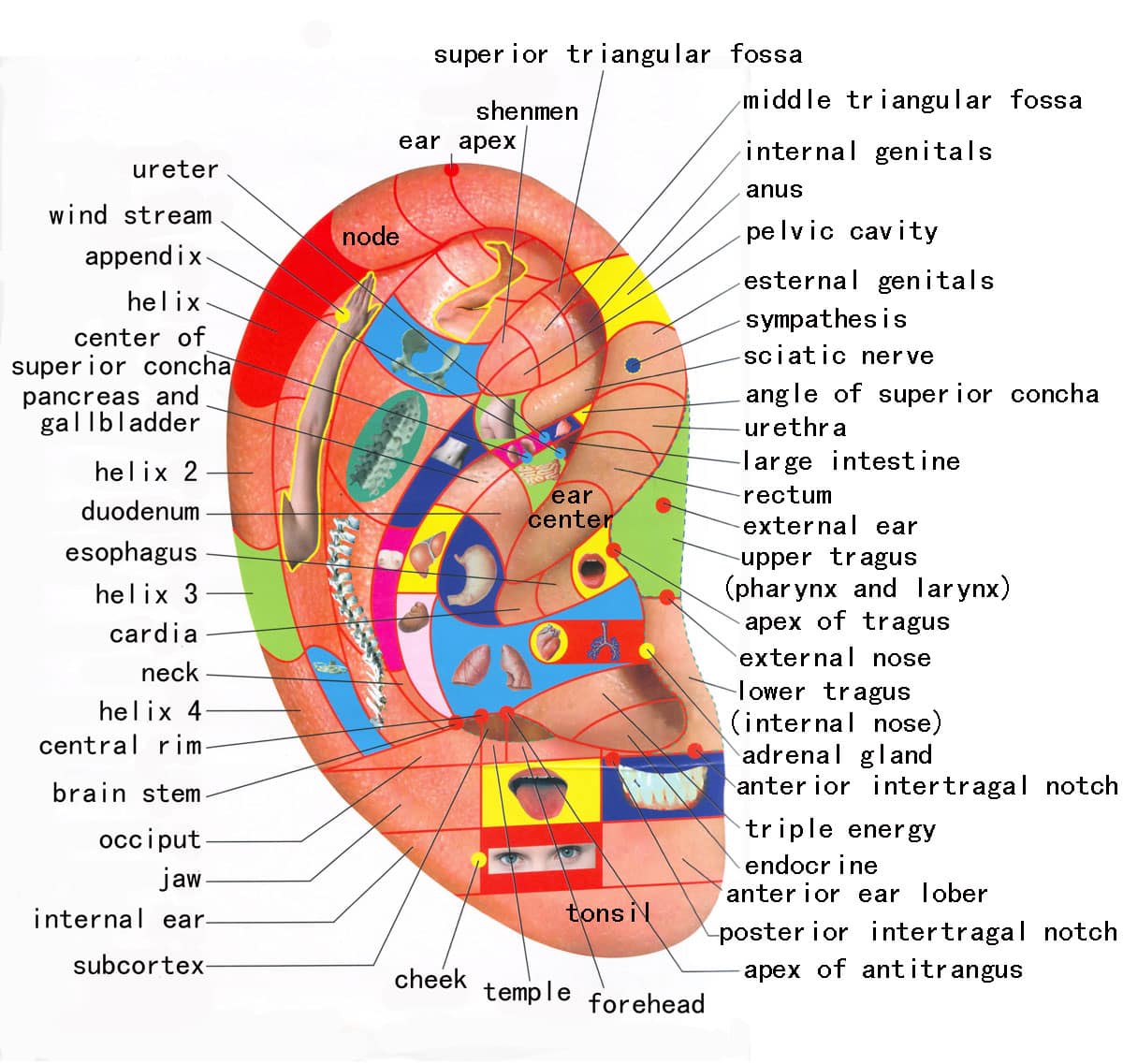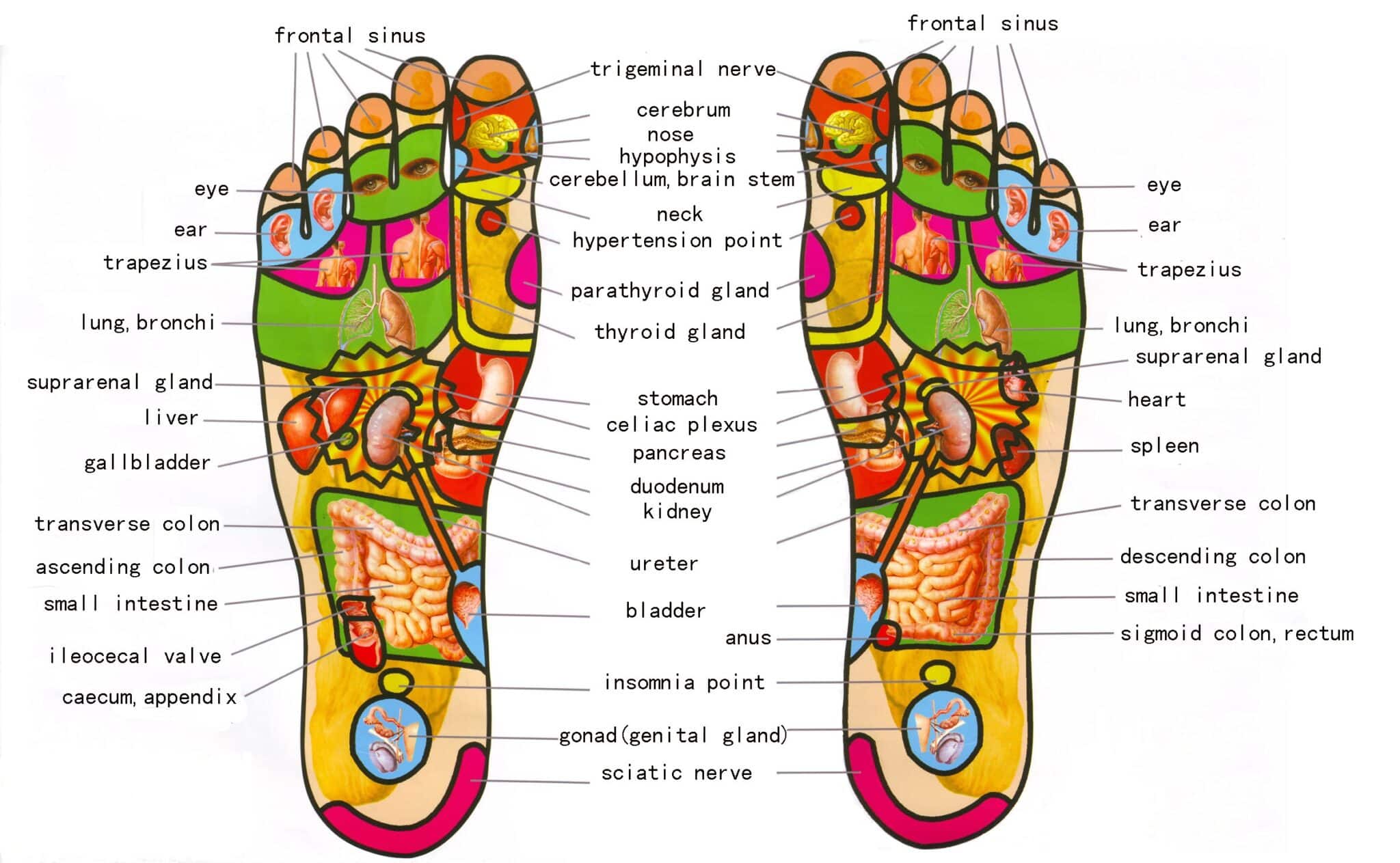I try to never miss an entire year on my blog, so here is one post for 2018: a list of concepts I think everyone should know before receiving a massage. To veterans of massage many of these points will seem obvious, but I've included some not-so-well-known ideas too. Should this be required reading before someone books a massage?
I was shooting for 10 things, but I ran out at 8. If you see a major gap that needs addressing and want me to add it, submit a comment!
1) MASSAGE IS TRUST-BASED INTERACTION INVOLVING TOUCH
Touch is the most ambiguous form of communication. During any massage, the Licensed Massage Therapist (LMT) attempts to assess your comfort with being touched. If you say nothing, we can only guess. Because LMTs touch people every day, we often do not share cultural taboos or apprehensions about touch. Verbal communication is a great way to avoid misunderstandings, so share your apprehensions outright. Laws regarding professional massage vary in cities, counties, states, provinces, and countries; but avoiding sexual touch is universal. At any time, for any reason, you can end the massage; the same goes for the LMT. Bottom line: If you are nervous or just do not want your feet, stomach, chest, or butt touched, say so. If the massage feels invasive or sexual to you, end it immediately.
2) MASSAGE ≠ ALTERNATIVE MEDICINE
Our place is in conjunction with medicine, as part of a general wellness plan. Massage does not cure diseases or take the place of any standard medical care. We don’t diagnose condition, give medical advice, or have magical powers. We also don’t flush toxins, break up adhesions, remove cellulite, or trigger pregnant women to go into labor. There is good evidence that massage helps with anxiety, depression, stress, and pain. Bottom line: There are more myths than facts about massage, despite being as old as human records it is one of the least understood practices around.
3) CLOTHING IS OPTIONAL, NOT DECENCY
Getting naked is totally optional, not a requirement to receive a massage. If you would wear an outfit to the gym or sleep in it, it will work. If you do choose to disrobe, you will find many (not all) massage techniques work better on bare skin. Unworked areas will be covered with a sheet for warmth and modesty. On the flip side: Even if you are comfortable naked, you must help the massage therapist to prevent unprofessional situations. Keep your clothes on until the therapist gets out of the room. Having nothing covering you is not an option in a professional massage. Bottom line: you can take everything off or stay clothed; either way all parties should feel safe and secure.
4) MORE PRESSURE ≠ MORE EFFECT.
You are in control of the pressure, to the extent of the LMT’s skill set. However, there is no evidence supporting “deep tissue” massage, it is an expensive and painful myth. Massage should be deep enough to feel optimally good, and no deeper. Causing pain during a massage is distracting, ineffective, counter-productive, and increases risks. My approach to massage is firm-to-deep, but always with an eye on comfort and outcome. Bottom line: If I press hard, it will be for a specific purpose. Massage should be pleasantly received, not inflicted.
5) MASSAGE IS INHERENTLY SEXIST
Gender roles are a real problem with massage, but they don’t have to be. Female LMTs are often harassed, propositioned, or objectified by their clients; male LMTs have a much harder time earning a living in this industry. Some men are completely uncomfortable being touched by other men and with their wives or girlfriends receiving massage from a man. Many women are uncomfortable or apprehensive about male LMTs touching them. Bottom line: Try to keep an open mind and treat LMTs as you would any other professional. We are just trying to earn a living.
6) MODALITIES ARE (mostly) A SCAM
Over the years, I have slowly shifted away from specific over-hyped modalities. There are dozens of expensive courses that claim to have a cure for pain. Despite millions of dollars and countless hours of effort, no one has ever demonstrated that one massage modality is clearly more effective than any other. The effects generated by a massage can be optimized with individual efforts only, not with one style or technique. Every human body is different, and only careful listening and interaction will determine the best course of action. Bottom line: To a hammer, everything looks like a nail. Great LMTs use a good baseline understanding of human anatomy and physiology rather than a modality.
7) PAIN IS COMPLEX
Treating pain requires a decent understanding of the emerging science regarding how humans experience pain. The conversation should not begin and end with “muscle knots”, “bad posture”, or, worse, lactic acid. Contextual, biological, psychological, and sociological factors interplay to create pain, and all are equally important. The model of shaming people about the shape of their spine, the posture they assume, or the “tightness” of their muscles is harmful to clients and creates dependency on the LMT. Bottom line: Pain is generated by the brain; biopsychosocial factors are all relevant. You are not a broken machine, so you don’t need a mechanic.
8) TOUCH IS POWERFUL
The detrimental effects of loneliness and touch-deprivation are not controversial. Beyond that, the skin is a dense network of nerves which talks directly to the brain, and thus can change pain states. Touch (in the right context) provides comfort, reduces stress, increases happiness, reduces pain, and feels really good. Bottom line: Massage can have powerful effects based completely on the nature of touch.
"Recently, as a result of my developmental studies on human embryos, I have discovered a new version of reflexology, which identifies a homunculus represented in the human body, over the area of the buttocks. The homunculus is inverted, such that the head is represented in the inferior position, the left buttock corresponds to the right hand side of the body, and the lateral aspect is represented medially. As with reflexology, the “map” responds to needling, as in acupuncture, and to gentle suction, such as cupping. In my studies, responses are stronger and of more therapeutic value than those of auricular or conventional reflexology. In some cases, the map can be used for diagnostic purposes.


